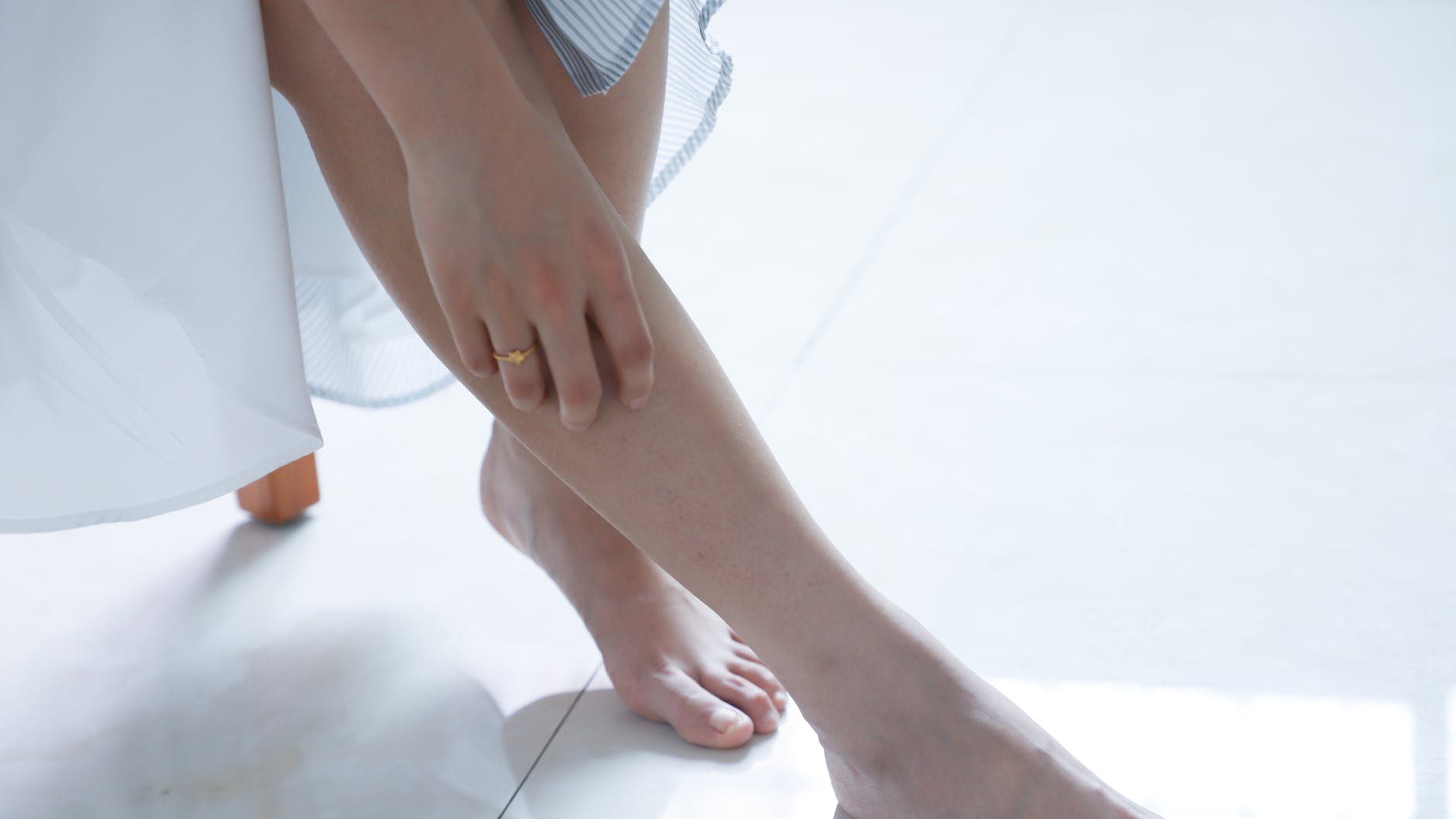Your skin and histamine intolerance, did you know the skin, gut, and histamine are all interconnected?
We all strive for skin that glows, is flawless, and free from rashes, eczema, or psoriasis.
Why is it that some have flawless skin? Yet others have many issues ranging from blemishes, rashes, itchy, inflamed skin or hives? Or some suffer from chronic skin conditions? Or others eat whatever they want and no issues and other suffer from rashes or itchy skin? Could it be the skin and histamine and the connection to the gut?
Looking inward rather than externally may be the answer. Whilst the environment and what you put on your skin matters, a huge portion of what is going on is influenced by the internal. By internal I mean in your gut and your microbiome.
Hives, redness, itchy and flushed skin as some of the most common symptoms of histamine intolerance. A leaky or inflamed gut can also have an impact on histamine intolerance.
Let’s look at the skin and histamine intolerance and the connection with the gut, in more detail.
The Gut-Skin Axis
Your gut is where trillions of tiny microorganisms known as the gut microbiome live. These bacteria help with digesting food, producing vitamins & hormone regulation. The immune system, hormones, stress, sleep, mood, and skin are all affected and influenced by the gut microbiome.
When the gut bacteria is unbalanced or the gut wall integrity is compromised, it in turn can affect your skin. This connection between the gut and skin is commonly referred to as the gut-skin axis.
In an ideal environment in the gut, there is a balance between harmful and beneficial bacteria. When this is disrupted or unbalanced, problems can arise. Primarily, in the digestive tract with increases in inflammation and/or issues with the immune system.
When the body is lacking in nutrients, it prioritises what is most important. The brain, liver, and heart come first and your skin, hair, and nails are less vital. Therefore your skin misses out on nutrients if there is a scarcity. It’s one of the reasons why hair, skin, and nails are a reflection of what is going on internally for a person’s health and vitality. Looking at the gut-skin axis is important when addressing anything skin related.
Inflammation and your skin
Skin conditions can be seen as inflammatory disorders of the immune system. Because your skin is a major organ in the body, often it can be one of the first places that dysregulation or an imbalance can be seen.
Your skin is an outward expression of what is going on inside your body.
Skin conditions like acne, psoriasis, rosacea, and eczema are examples of this. Likewise, the common symptoms of histamine intolerance of hives, and itchy and inflamed skin can also be a reflection of what is going on inside.
Did you know that 70-80% of your immune system lives in the gut? This is why the gut is the starting place for addressing immune system issues in the body. There is a strong link between the types of food we eat and the gut. Eating highly processed foods and sugar, may cause an imbalance in the gut microbiome, leading to a compromised immune system. In turn, the body can become more susceptible to inflammation and skin issues can arise as a consequence of this.

The Skin
Your skin is the largest organ in the body. It acts as a barrier from the environment from things such as bacteria, chemicals, and physical attacks. The skin hosts millions of types of bacteria that when balanced help to maintain a healthy glow and environment. When out of balance things can arise like acne, dermatitis, rosacea, psoriasis etc.
Why are these two so closely intertwined? Bacteria and bacteria by-products interact with your immune system. The bacteria in the gut can impact things like skin cell turnover, with different conditions arising, such as rosacea, dermatitis, and acne.
There has been research on the gut-skin axis for a number of years now. Looking at rosacea, dermatitis, and acne we can see some interesting studies about the gut and skin.
- Rosacea – Research has shown that those with Rosacea often have a higher prevalence of SIBO or small intestine bacterial overgrowth. After treatment for SIBO, rosacea cleared for many participants in the study.
- Dermatitis herpetiformis – often found in those with celiac disease. This itchy rash occurs in 10-15% of sufferers. When people with celiac disease consume gluten, the immune system responds by producing IgA (immunoglobulin A) antibodies. The IgA bind to the epidermal transglutaminase protein which then triggers the reaction on the skin.
- Acne – In those aged between 12-25, 85% of people have acne. This is higher in western countries where high carbohydrate and sugar diets are prevalent.
Understanding dysbiosis and how it impacts histamine intolerance:
The disruption of the balance of bad and beneficial bacteria is known as dysbiosis. Gut imbalance and an overgrowth of certain gram-negative bacteria can lead to increased histamine release. Primarily Escherichia coli and Salmonella typhimurium can lead to an increase in histamine release, filling the histamine bucket much faster. Read more about the histamine bucket here.
What impacts your gut microbiome?
There are a number of different things that impact your gut microbiome.
- Diet – Processed foods, sugar, alcohol, low fibre, high meat and fat, some preservatives, fillers and additives, and genetically modified foods (GMOs) affect your gut bacteria.
- Pharmaceuticals – many medications but particularly antibiotics impact your gut bacteria as often they deplete both the bad and beneficial bacteria at the same time.
- Stress -affects the gut microbiome in 2 ways. Firstly, chronic stress is associated with reduced diversity of bacteria and also increased intestinal permeability. Not good as this damages the gut wall and creates an inflammatory and/or immune reaction exacerbating many symptoms and reactions in the body. When under stress your gut and skin are de-prioritised by the body and all nutrients and resources go toward your muscles so you can fight or flee. This means cell repair in the gut and skin is not happening properly leading to more issues.
- Sleep -There is emerging evidence to suggest that the gut microbiome regulates sleep and mood through the gut-brain axis. Read more about the gut-brain axis here.
- Toxins – things like pharmaceuticals, pesticides, non-organic foods, GMO foods, household items, skin, hair care, cosmetic products, and pollution. These all add to the toxic load on the body.
Overall, if you are looking to improve your skin and histamine intolerance then addressing your gut microbiome is the place to start. By testing the gut, modifying the diet to feed the right bacteria, and changing our brain’s response to stress we can repair the gut lining, balance our gut bacteria, and improve our skin!
Struggling to get answers about your histamine intolerance symptoms?
Watch my free Masterclass – The 5 Steps to Healing from Histamine Intolerance.
You will learn my 5-Step plan, the exact same method I used to recover from histamine intolerance. These 5 steps everyone with histamine intolerance must know to resolve all those confusing symptoms and get back to eating foods you love without fear!


 Seasonal Allergies & Histamine Intolerance
Seasonal Allergies & Histamine Intolerance